Old House with Haint Blue Paint
Most people probably haven’t given too much thought to the color chosen for the shutters or porch ceilings. In some cases, it’s likely that people pick haint blue to continue a family tradition or because they like the color. Ellen O’Neill, a paint producer from Benjamin Moore, touched upon this factor in 2017 when she talked to Today.
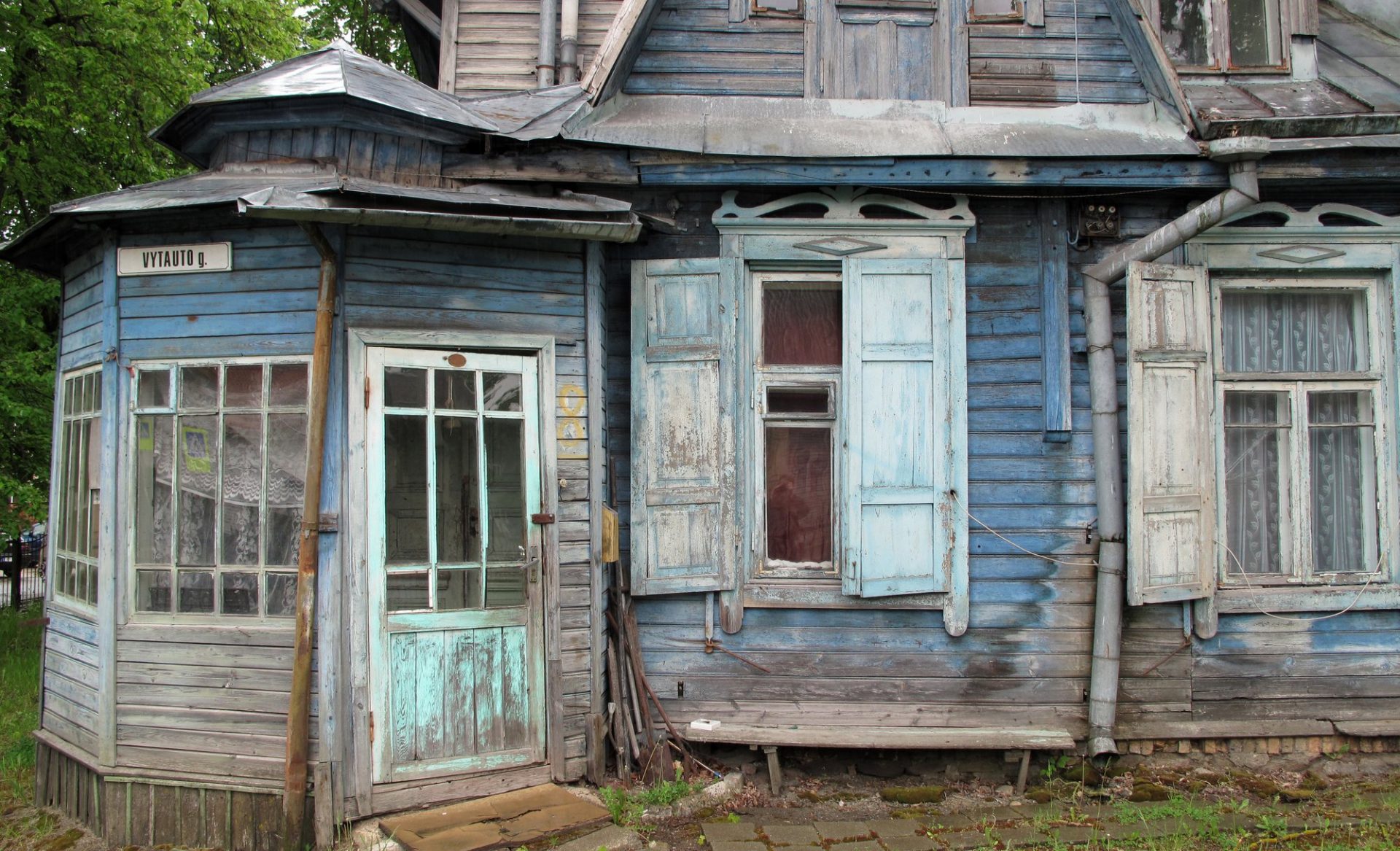
Old House with Haint Blue Paint
Not Much Thought Given To It Now
O’Neill believes that no one nowadays is going to think much about painting a porch blue because their parents and grandparents had the same color. Lori Sawaya, a color design expert, confirmed this idea for Sherwin-Williams, a paint manufacturer. She claimed that porch ceilings in the South have always been blue.
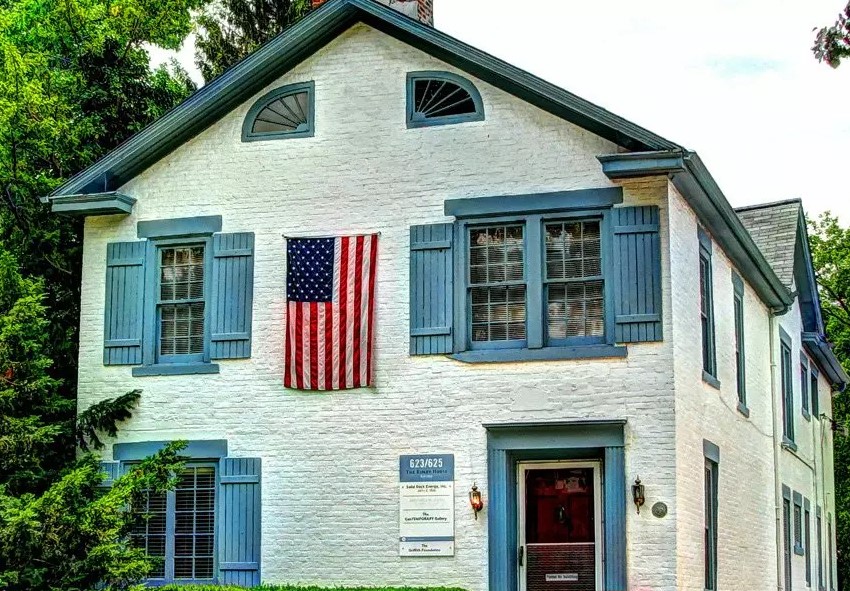
Not Much Thought Given To It Now
A Shameful Past
Still, the tradition had to start somewhere. It seems that the origin of painting porches and shutters blue might be rooted in regular issues or something more shameful. Sherwin-Williams has put a case together for the latter, which might have begun with the Victorians.
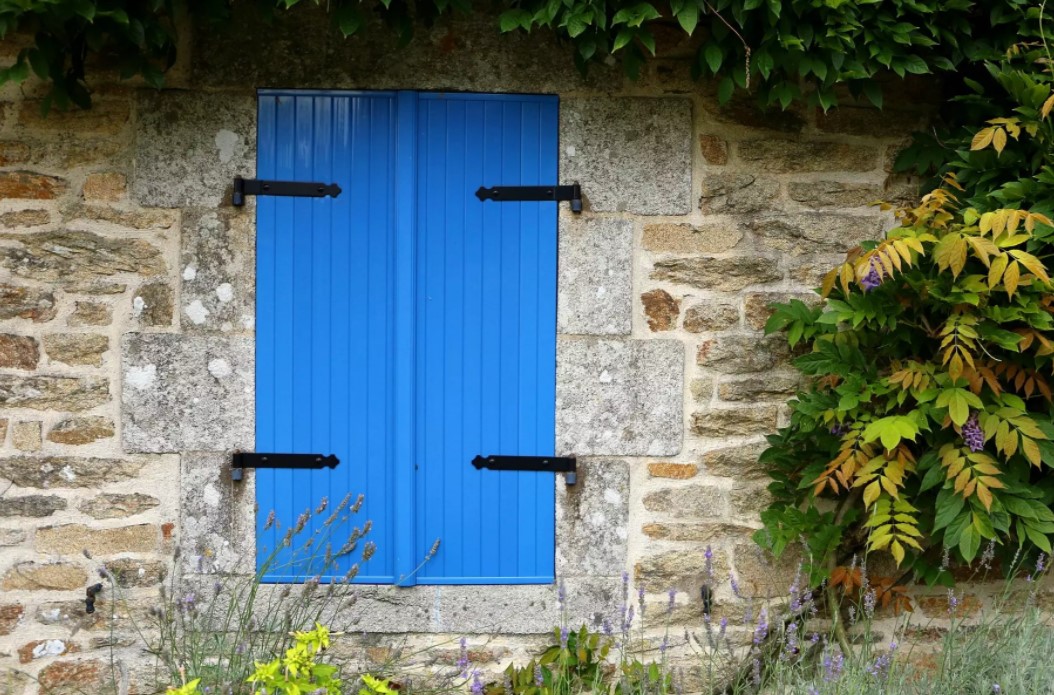
A Shameful Past
Earthy, Natural Tones
This theory is that the Victorians and those living in the late 19th century preferred to decorate their properties with paints that looked like they came from the natural world. This means they applied more earthy colors (terracotta and ochre) to the home to give a sense of being outside.
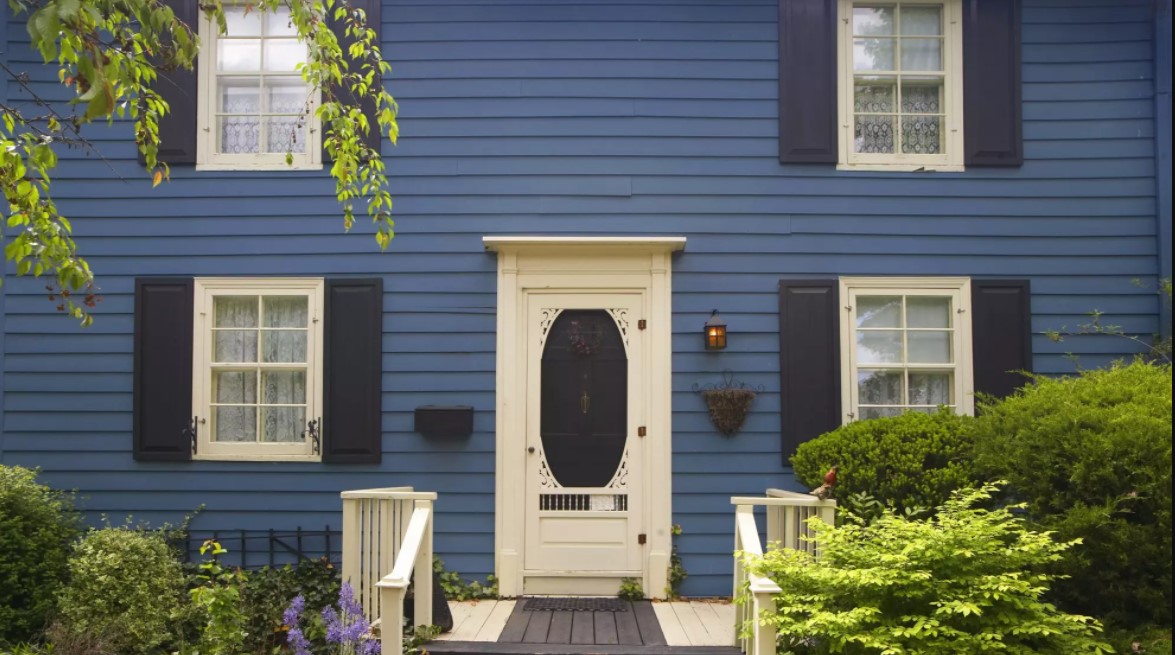
Earthy, Natural Tones
A Cover-Up Story
From this theory, the Victorians chose blue for the porch ceilings to remind them of cheery, clear skies. This showed through during inclement weather. However, this idea is long-removed from the shameful history. Most people believe that’s the true reason for ‘haint blue.’
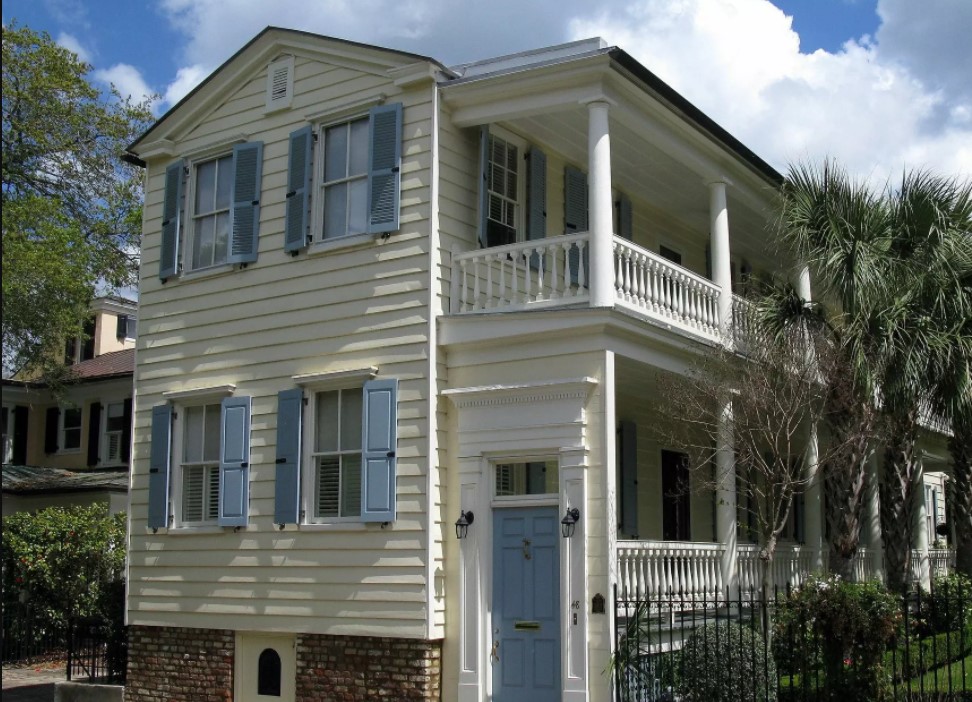
A Cover-Up Story
What Was The Truth?
Still, O’Neill says that blue skies are optimistic and easy to look at. You can bring nature and the sky to your home with a blue ceiling. The argument for this is quite compelling. However, reminding people of those beautiful summer days isn’t the only reason to consider painting the porch ceiling blue.
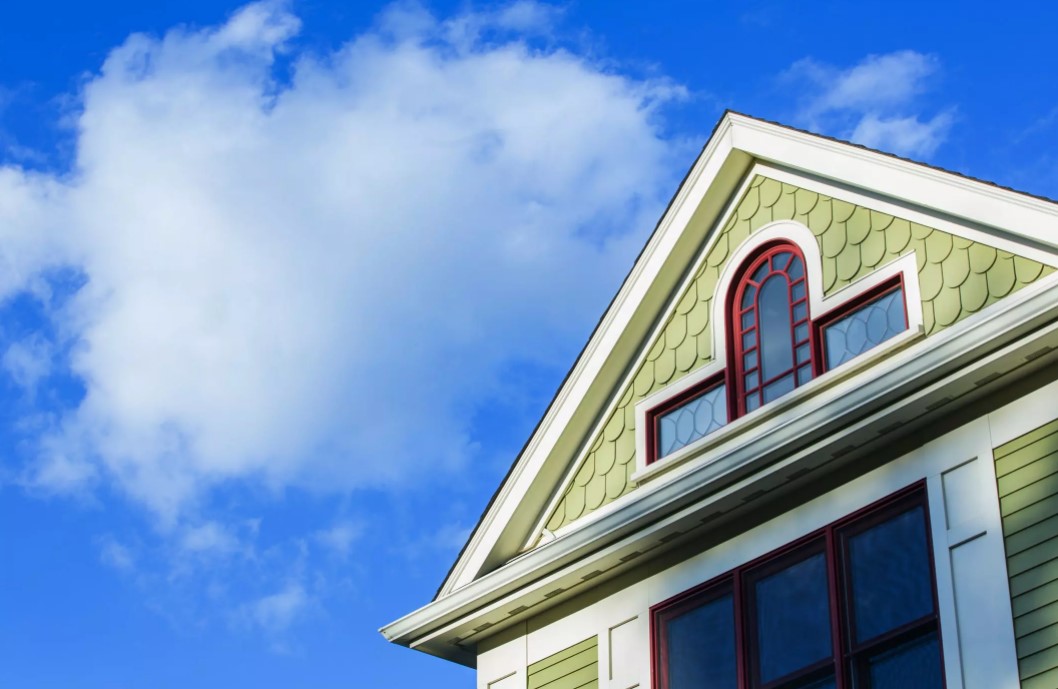
What Was The Truth?
A Calming Color
According to many sources, such as Colour Affects, blue tones can be relaxing for people. If that’s the case, it makes sense to decorate a porch with blue tones. After all, no one wants to be enraged or stressed while sitting outside.
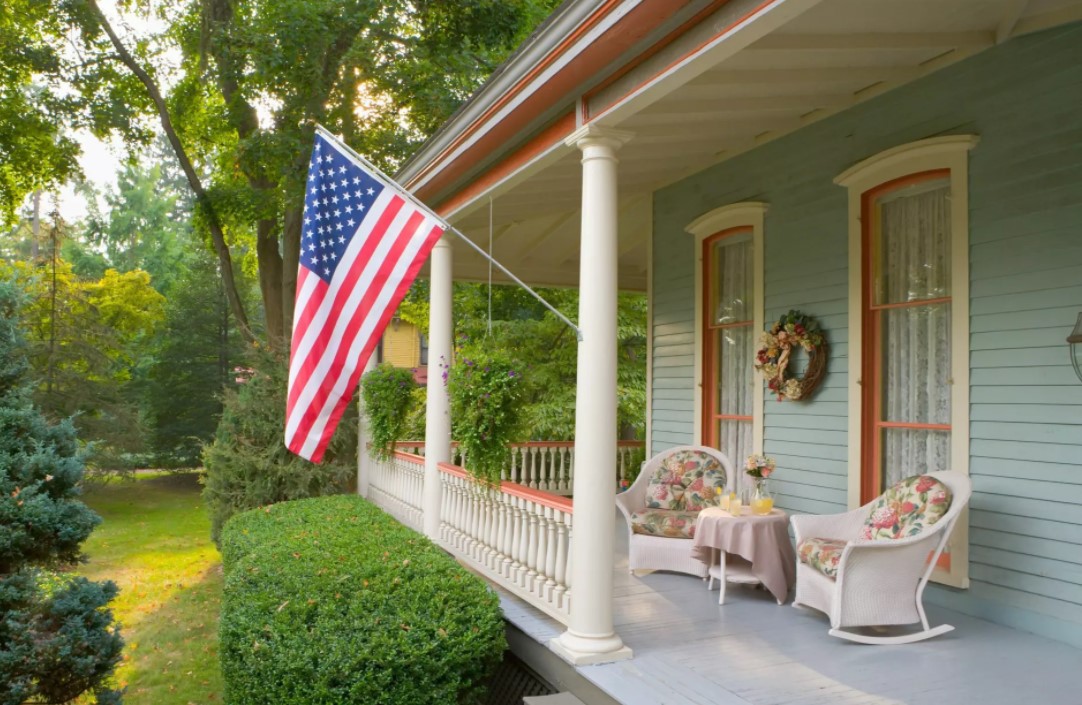
A Calming Color
A Darker History
The color works to provide a calmness within your natural surroundings because we associate blue with clear skies. Light blue can brighten the space, so the shade promotes that feeling of being outside. Still, some believe haint blue is more focused on a shameful history.
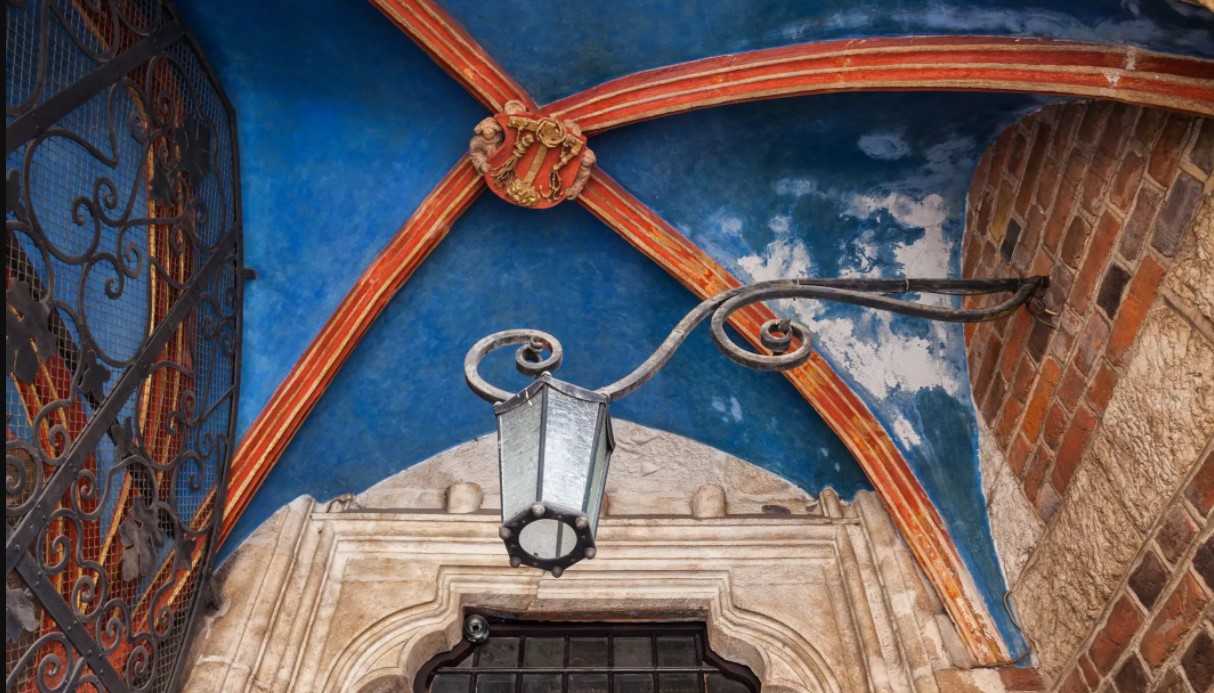
A Darker History
Insect Repellant
Could that be the whole story and nothing more? There could be another reason that people pick blue for the ceiling, though it could be a myth. The theory goes that blue paint keeps insects away during the hot months. If insects thing that the ceiling is the sky, they aren’t going to nest there.
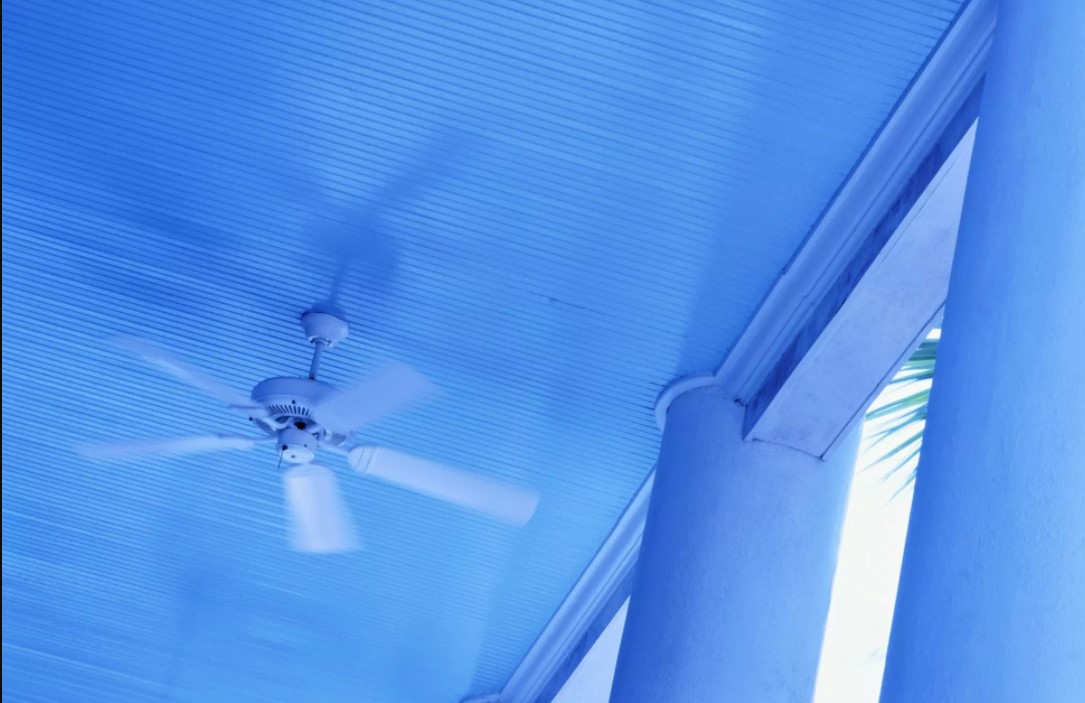
Insect Repellant
Just A Visual Trick
In a sense, it’s just a visual trick. Homeowners do believe that there’s truth in the theory. That’s part of the reason they paint porch ceilings to be blue. However, it might not be completely accurate. Users of the blue paint might just want to ignore history.
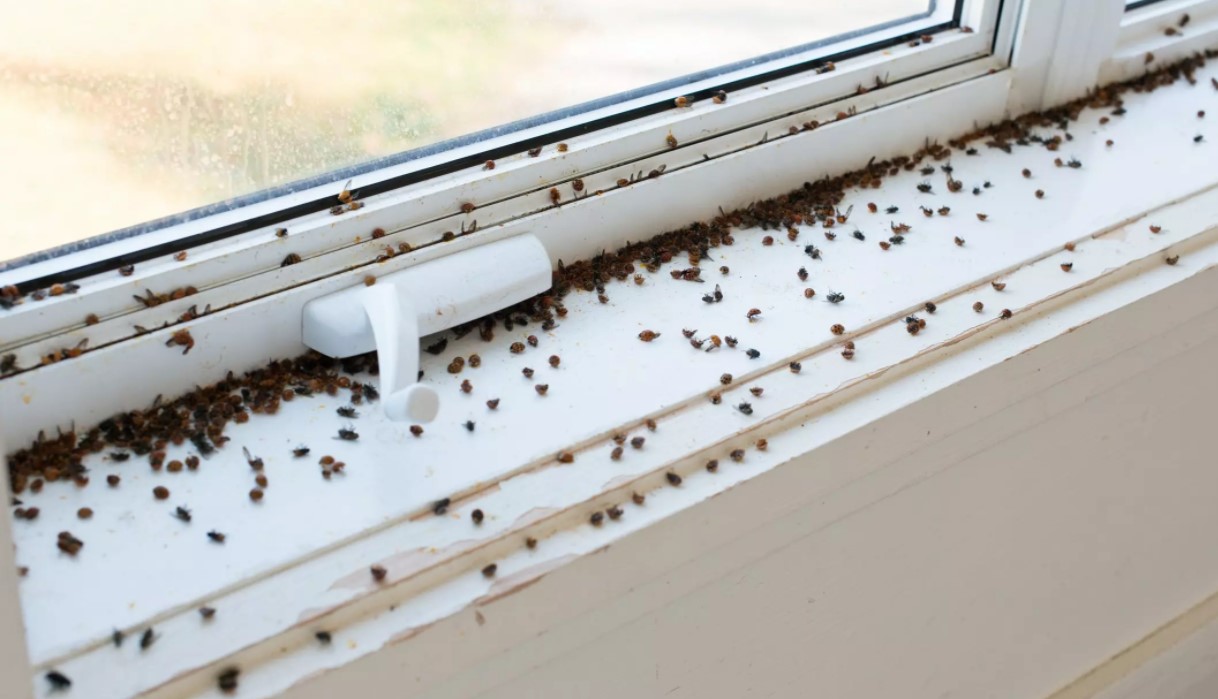
Just A Visual Trick
Milk Paint Was The Answer
The blue paint primarily used on ceilings were ‘milk paint,’ so they had lye mixed in. This lye was what actually kept the bugs at bay. Milk paints often deteriorated with time. As people would repaint their homes, it added to the lye amounts on the shutters and ceilings.
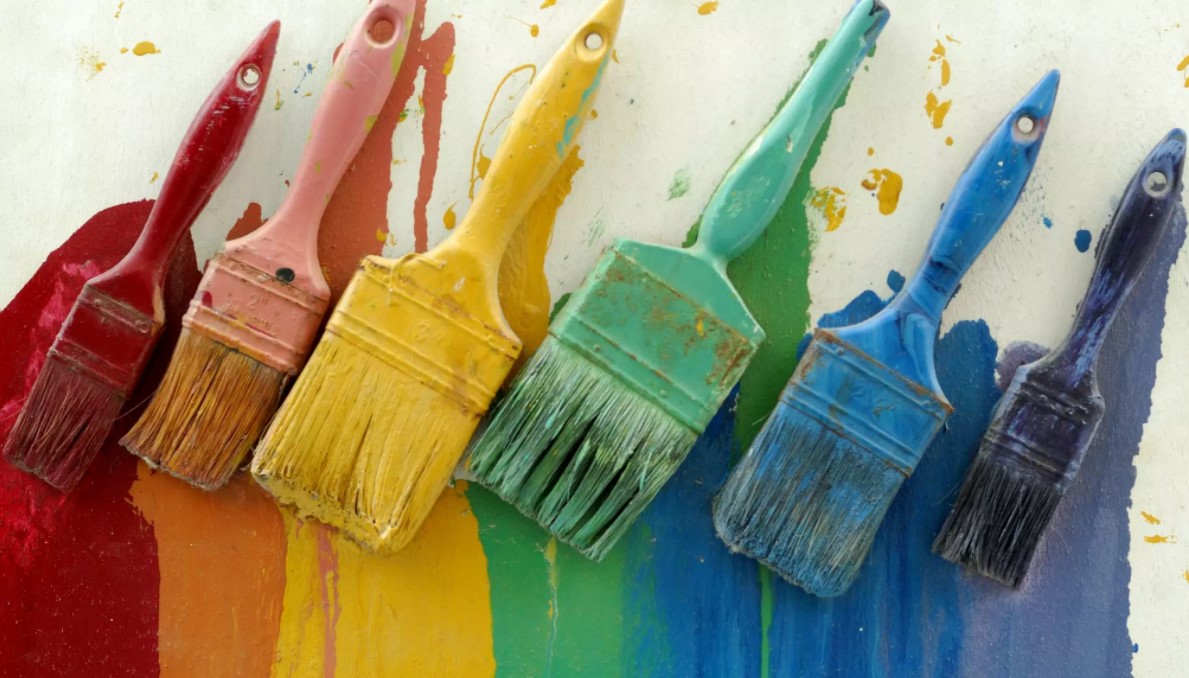
Milk Paint Was The Answer
No More Lye
Of course, paint is no longer mixed with lye. In fact, Sherwin-Williams mixes its paint with oil or water. Lye is now mainly a chemical paint remover instead of a ready-mixed version. Therefore, the ability of blue paint to keep a porch free of bugs might be a legend. Still, people painted their shutters and porches blue for a particular reason…
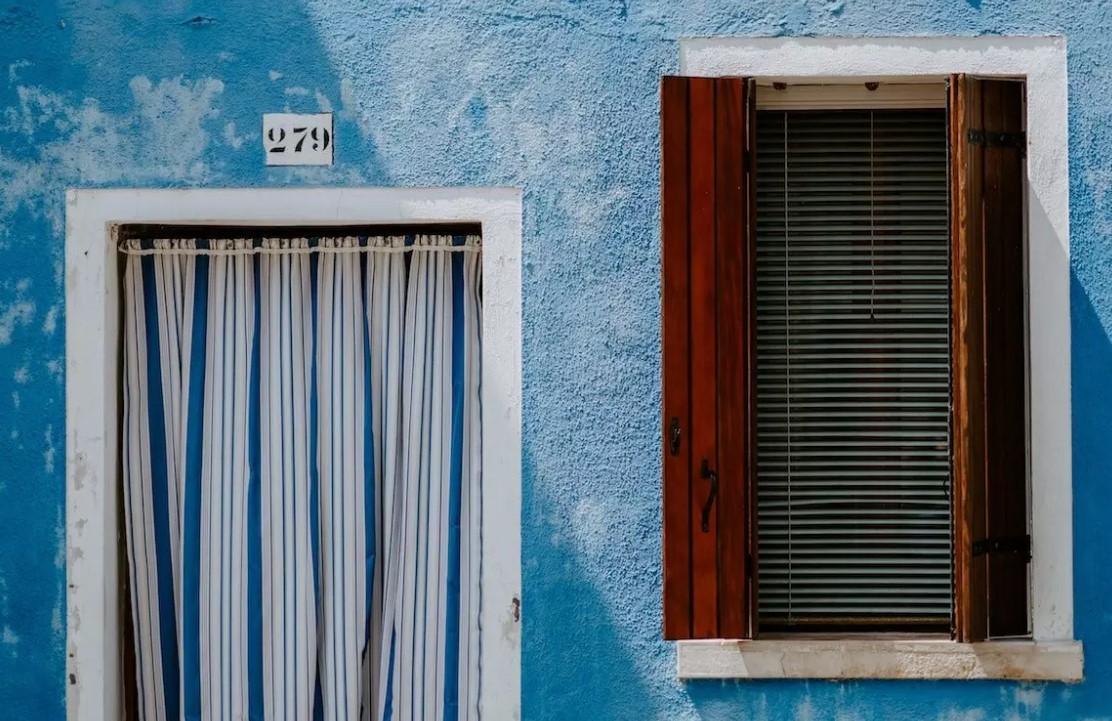
No More Lye
Southern History
Still, it bears wondering if it was for a reason shown above or for something more sobering? Legends and myths can play a role in how color is used. The American South is full of history and traditions. Perhaps it really is just because the color is adaptable and works with every type of home.
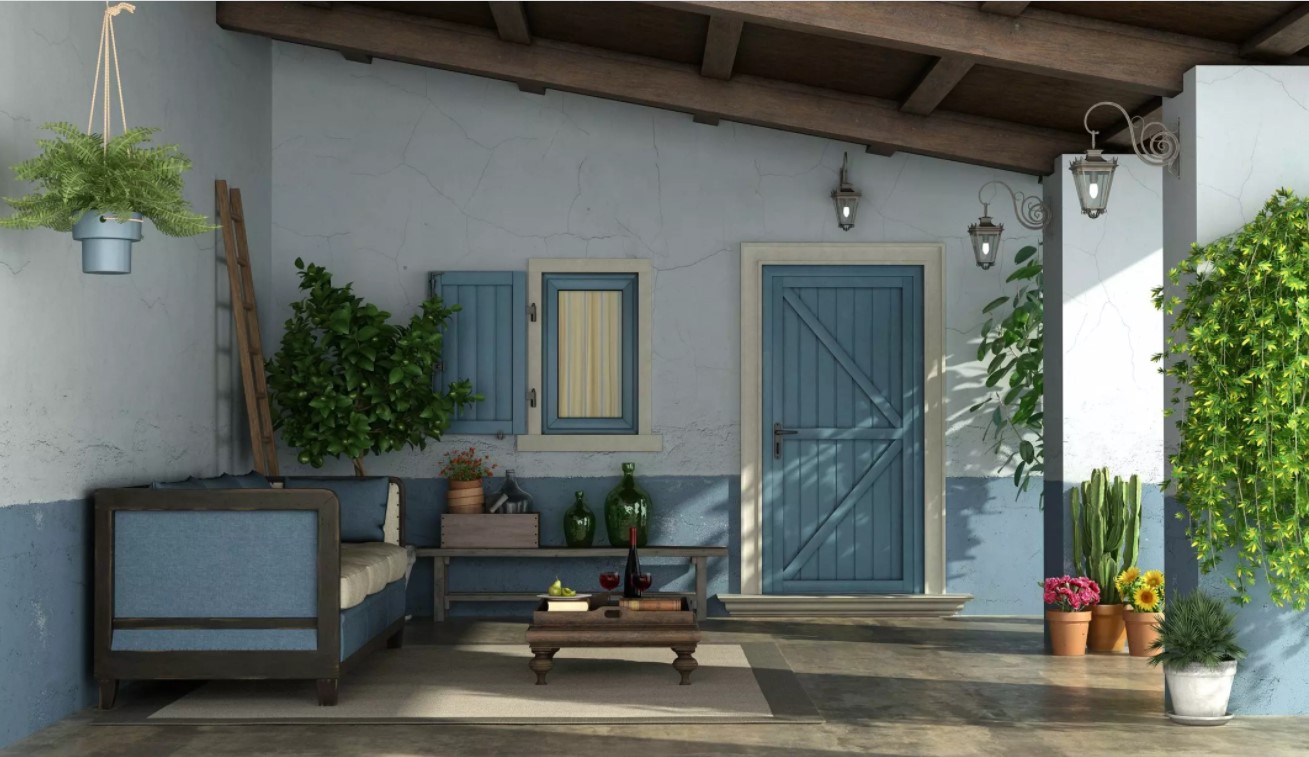
Southern History
More To The Story
O’Neill specifically told Today that blue can work no matter what other paint colors are on the house. The designer said that it looks like the sky, so of course, it’s an extension of it. However, Zoe Kyriacos, an interior designer, agreed on the principle but said there’s more to it.
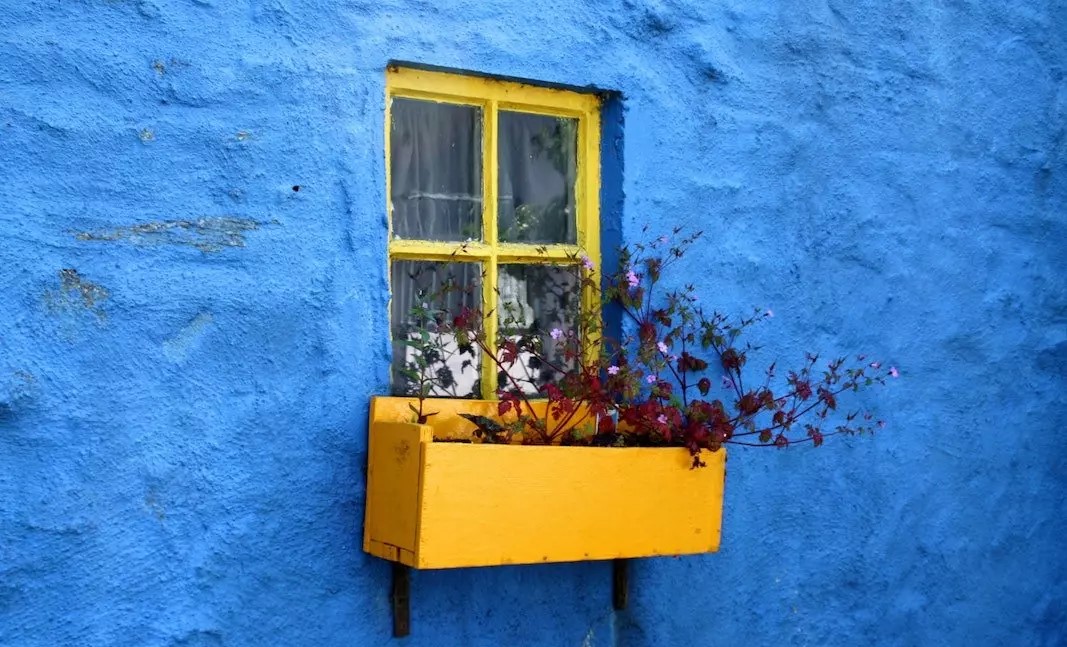
More To The Story
Choosing A Color
Kyriacos says that people don’t want blue ceiling to look like they came from nowhere or were an afterthought. They should all be part of the whole package. When you put aside the possible history behind haint blue, the color expert offered advice on how to pick the most appropriate shades for your home.
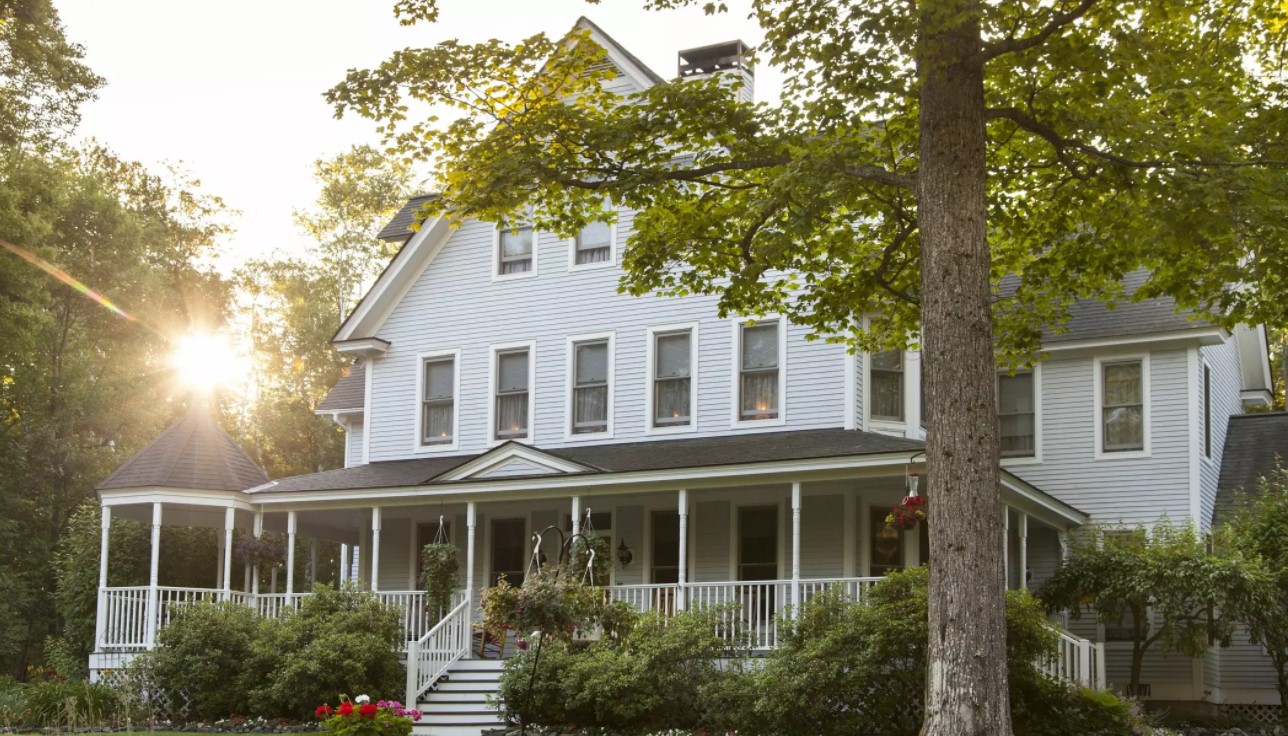
Choosing A Color
A Horrible History
If you’re willing to ignore the potential horrible history of haint blue and want to decorate your older-style home, pale blue might work well. Modern homes might fare better with a bolder blue. Different tints can add to the depth and complexity of the work.
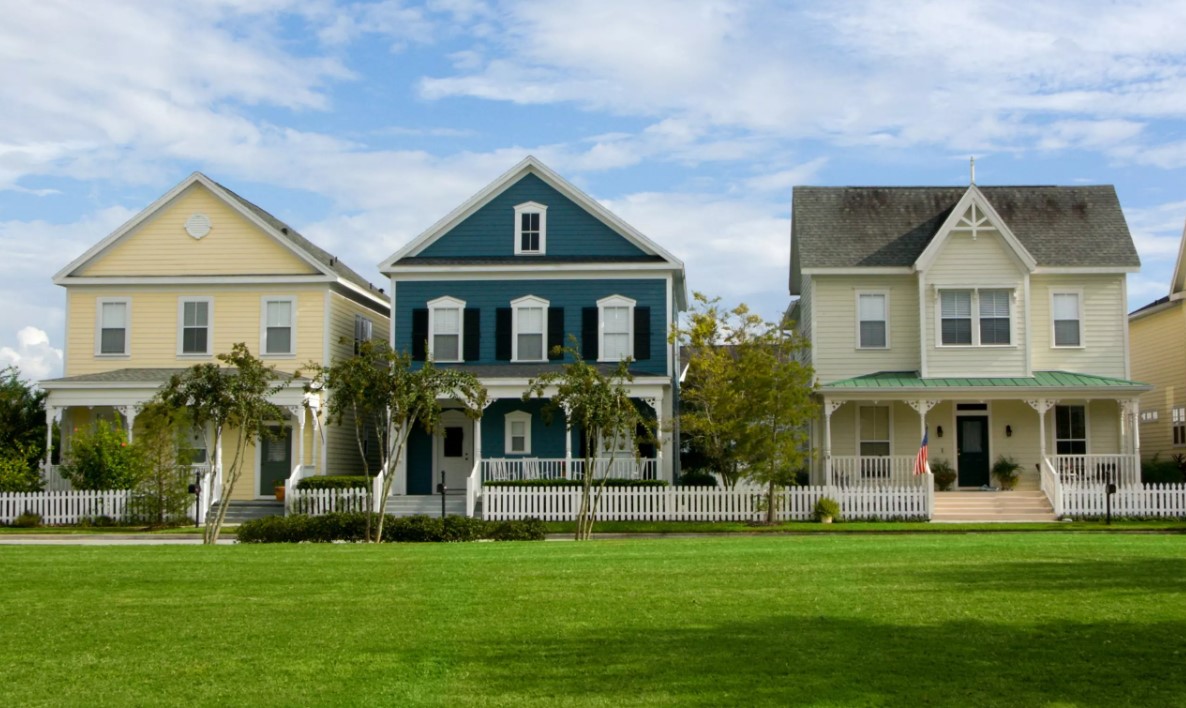
A Horrible History
Popular In South Carolina
The shade we’re interested in the most, however, is haint blue. This is a subtle, slightly turquoise color that is favored by many southerners – particularly those in South Carolina. The name of the shade could lend a clue to the mythical origin. It can also highlight the shameful aspects of the color through history.
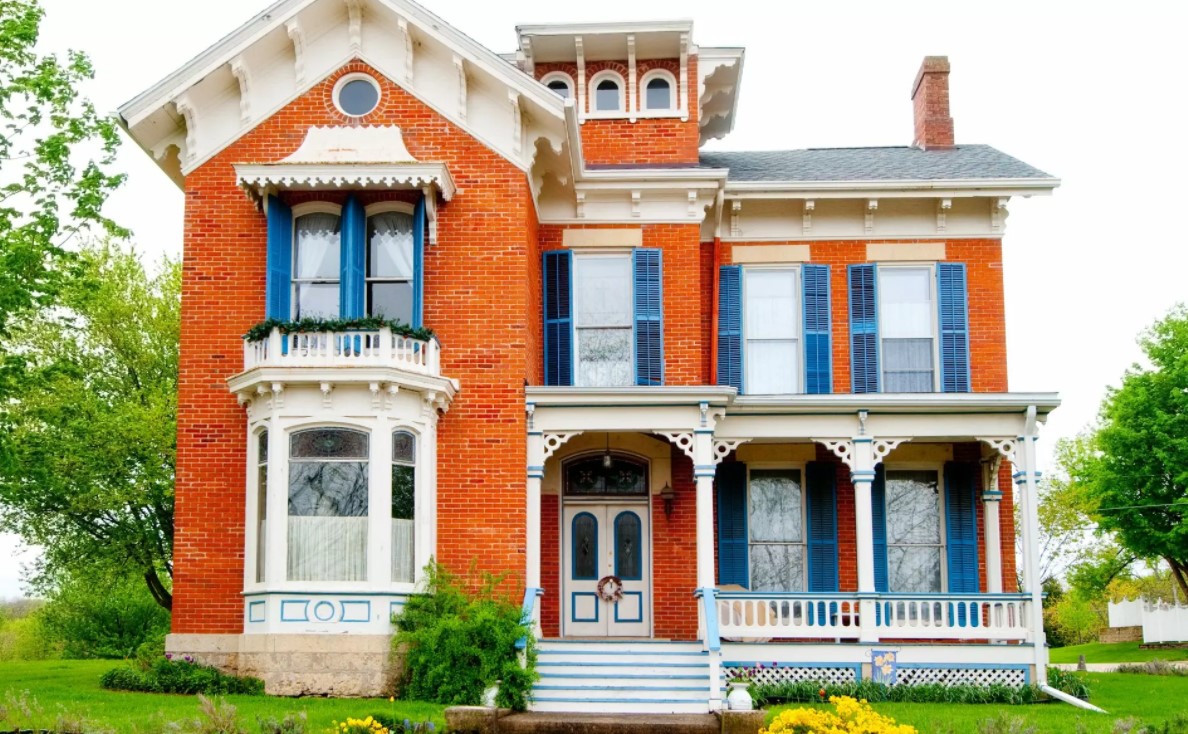
Popular In South Carolina
The Meaning Of “Haint”
The word ‘haint’ – in Southern folklore – refers to a ghost or spirit. As you can probably guess, they’re not very friendly. According to legend, boo hags and haints are unpleasant beings that liberated themselves somehow from the human host.
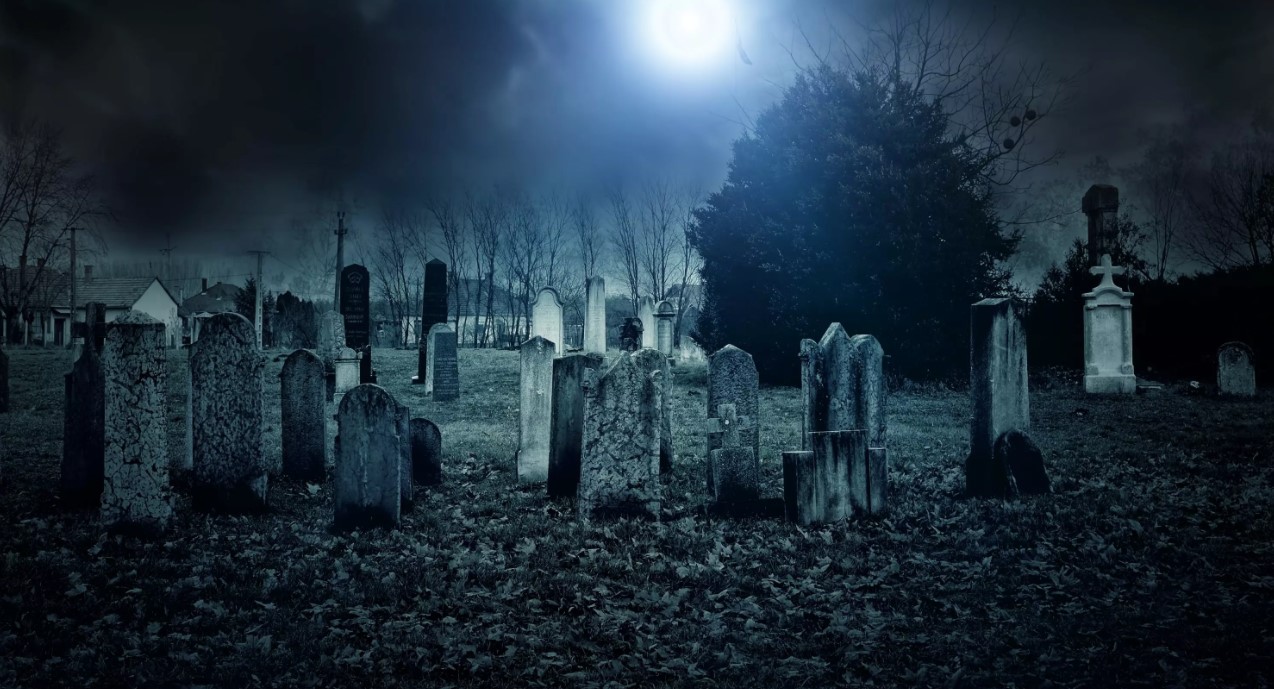
The Meaning Of “Haint”
Ghosts Roaming At Night
These ghosts preferred to roam around after nightfall to murder or hurt people who crossed their paths. If you happened to believe such stories (and the Gullah people from the South did so), it’s understandable to want protection from these evil spirits.
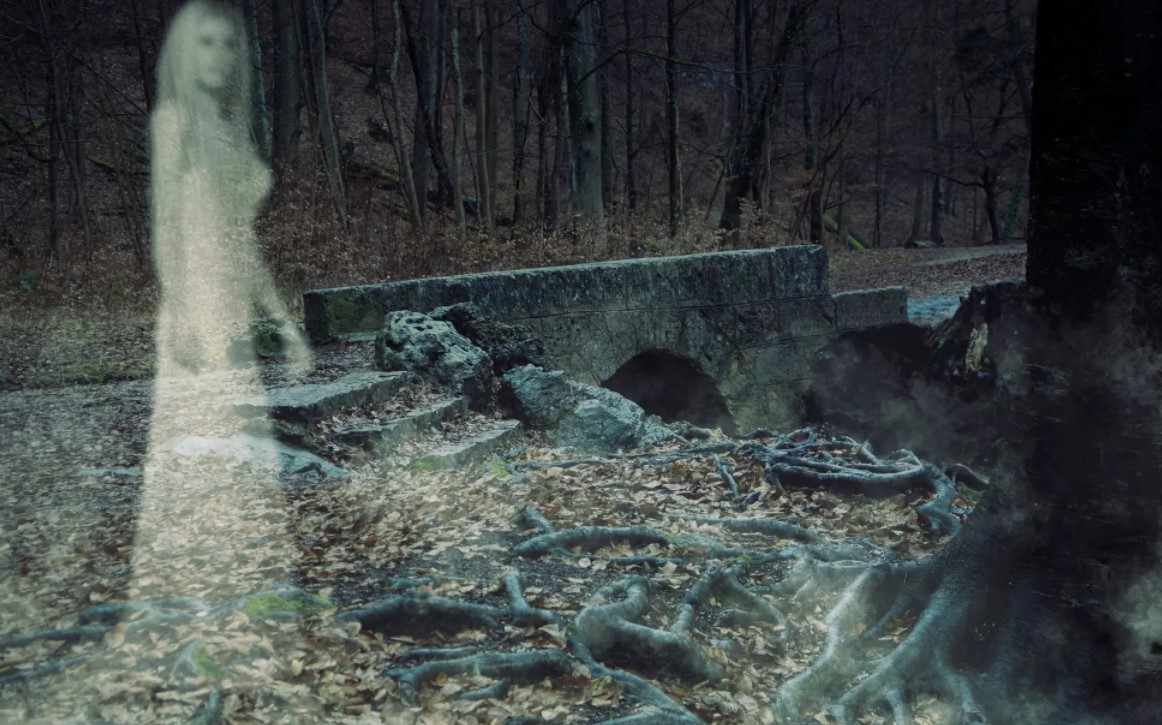
Ghosts Roaming At Night
Confusing The Spirits
In a sense, haint blue supposedly confuses the spirits out there. Therefore, the homeowners in the house are protected from all harm. How does the paint color work, though? It links some factors from earlier, such as the fact that blue represents the water or sky.

Confusing The Spirits
A Way To Protect Themselves
This particular blue shade was very significant, as people believed that these boo hags couldn’t travel through water. They also believed that spirits couldn’t go near the blue sky because they only sought victims on the ground. When people painted the shutters, ceilings, and glass bottles haint blue, they thought they were protected.
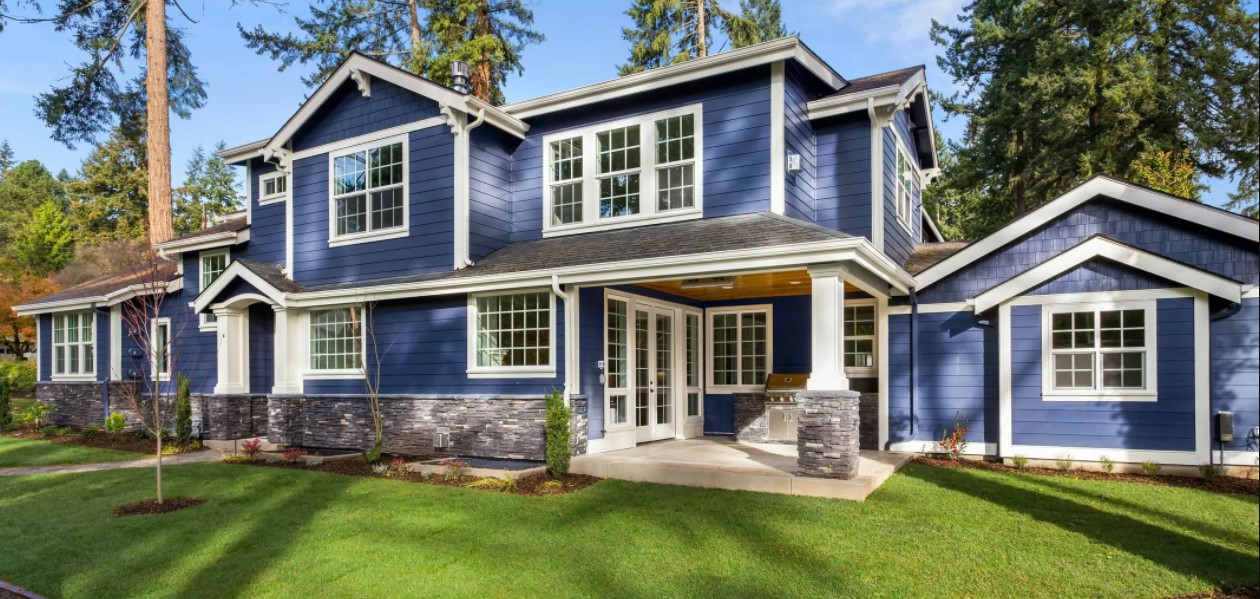
A Way To Protect Themselves
A Whole Other Reason
Even though the boo hag story might not be true, the haint blue paint still has a shocking history, and it’s real. It doesn’t actually have to do with anything supernatural, but it does deal with unimaginable hardship. It all started with Eliza Lucas, a 16-year-old girl and indigo plants.
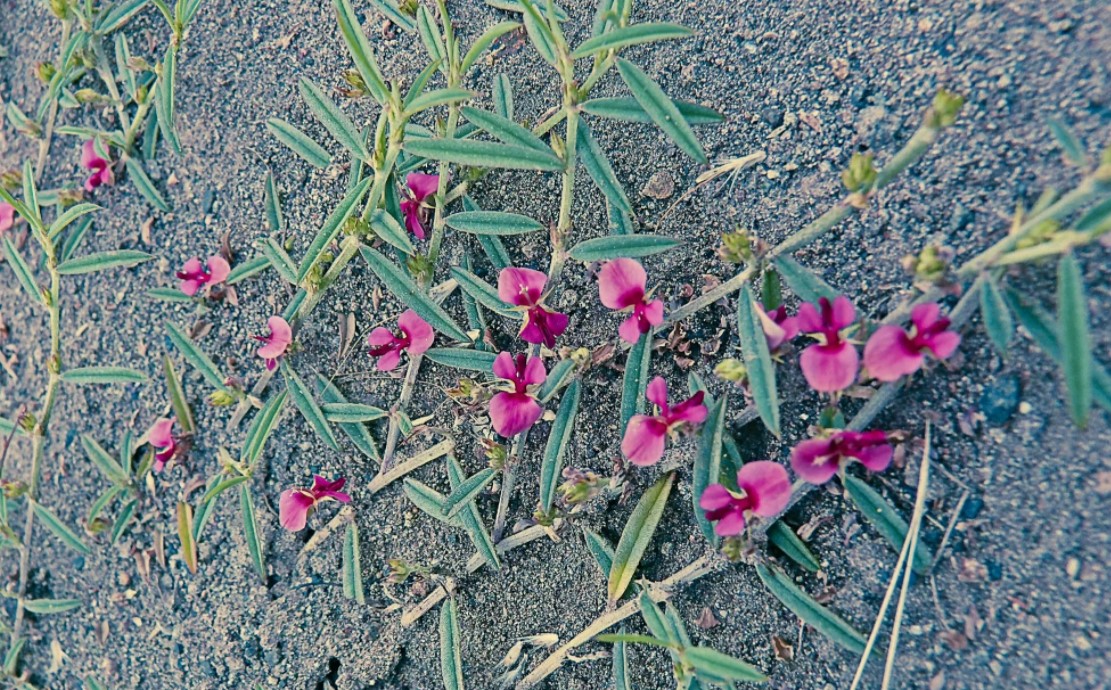
A Whole Other Reason
For The Wealthy Only
Indigo dye is an essential component for blue paint and came primarily from the plants bearing the same name. This was long before people could mass-produce synthetic indigo colors. In the 18th century, this dye was only available from shrubs, herbs, and trees and was extremely hard to get. Therefore, it was seen as a sign of wealth.
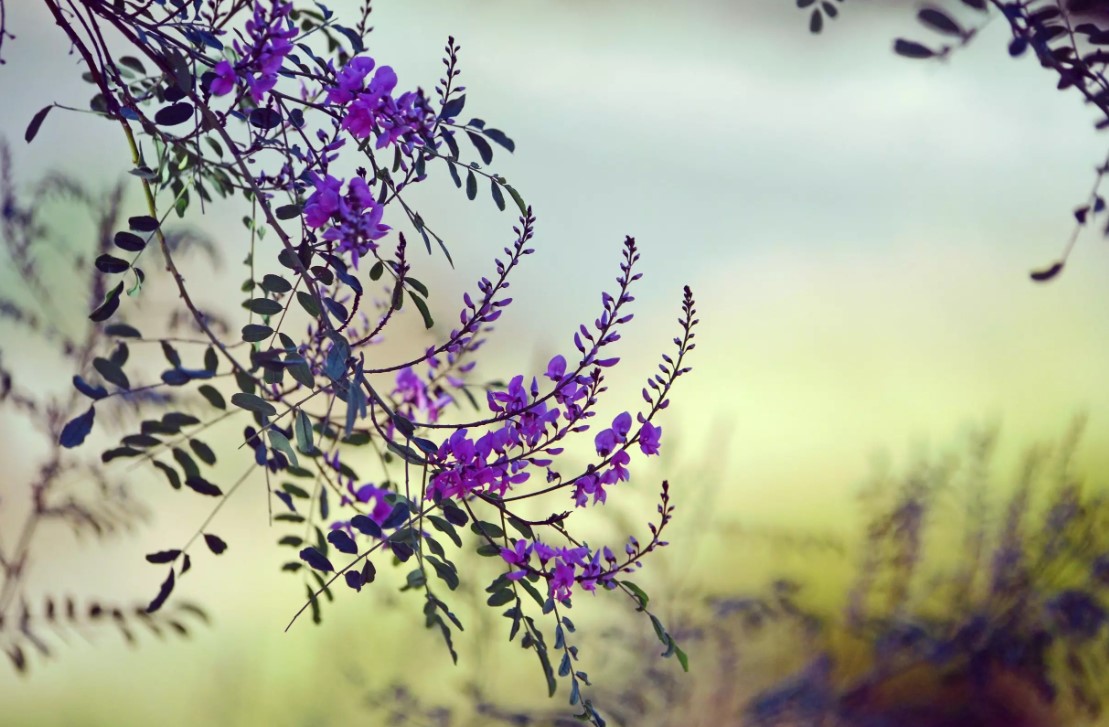
For The Wealthy Only
An Incredible Discovery
Therefore, when young Lucas extracted the indigo plant in 1742, it was a turning point for South Carolinian history. At that moment, the dye started getting farmed from the United States. Just five short years later, a shipment of this precious material was already on its way over the Atlantic.
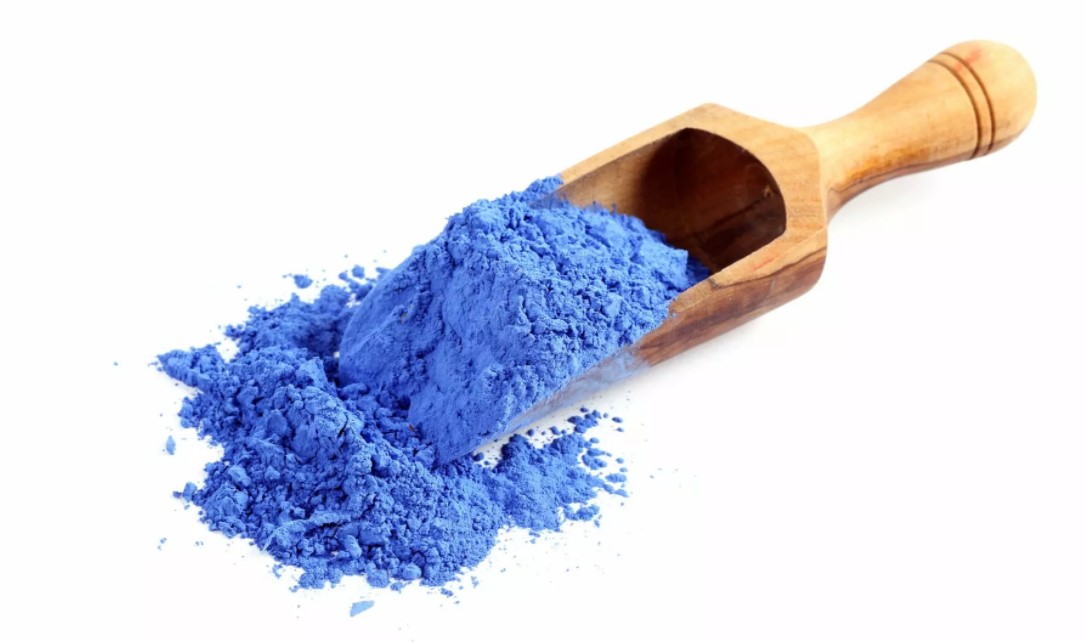
An Incredible Discovery
Exporting The Indigo
The American Revolution wouldn’t happen for another 20 years, so the US was still considered a British colony. Indigo was highly-sought-after in Europe as well, so the export of this dye because a large business. In fact, during its most successful time, more than 1.2 million pounds of it left the US each year.
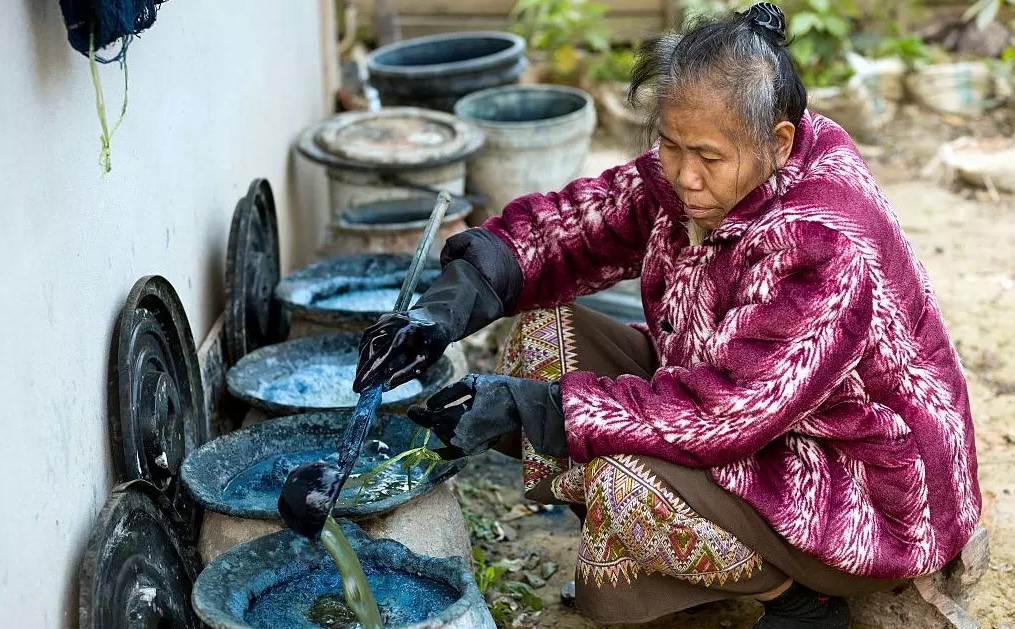
Exporting The Indigo
A Huge Business
Ancestry.com believes that the indigo trade was the second-largest of export businesses in the US. Those who were in charge of cultivating the dye were earning significant wealth because of it. Plus, indigo was used to create luxury clothing for the upper classes in Europe. Still, there was a catch to the production of this rare dye on such a large scale.
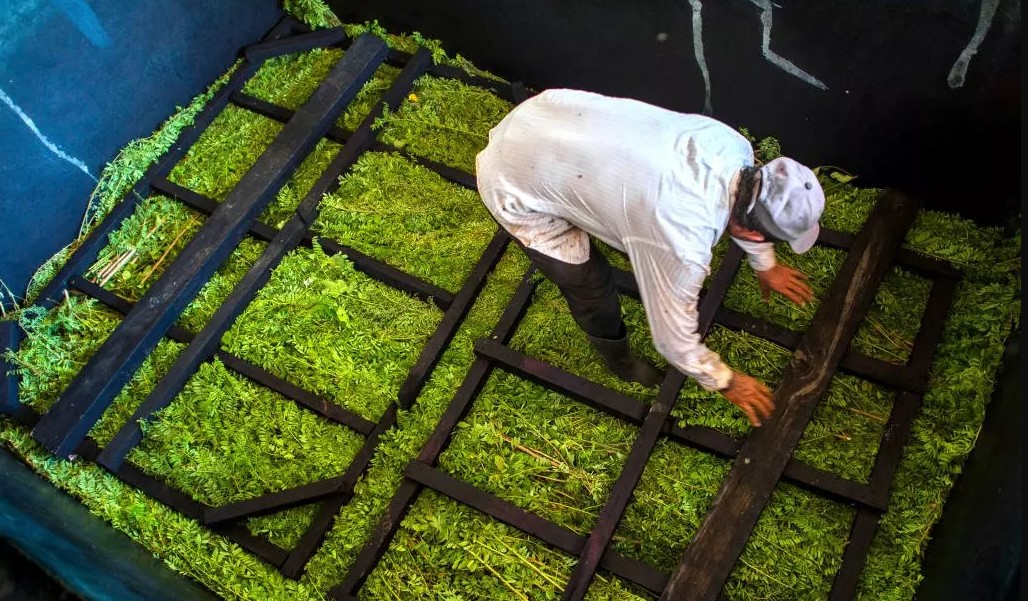
A Huge Business
People Loading Large Amounts of Indigo into a Truck Bed
There wasn’t an easy way to cultivate the plant and it could take about 20 hours to transform the plants into the dye. This was a labor-intensive job, and it was time-consuming. In fact, it required beating, soaking, drying, and draining, as well as transportation. The workers also had to have specialty knowledge.
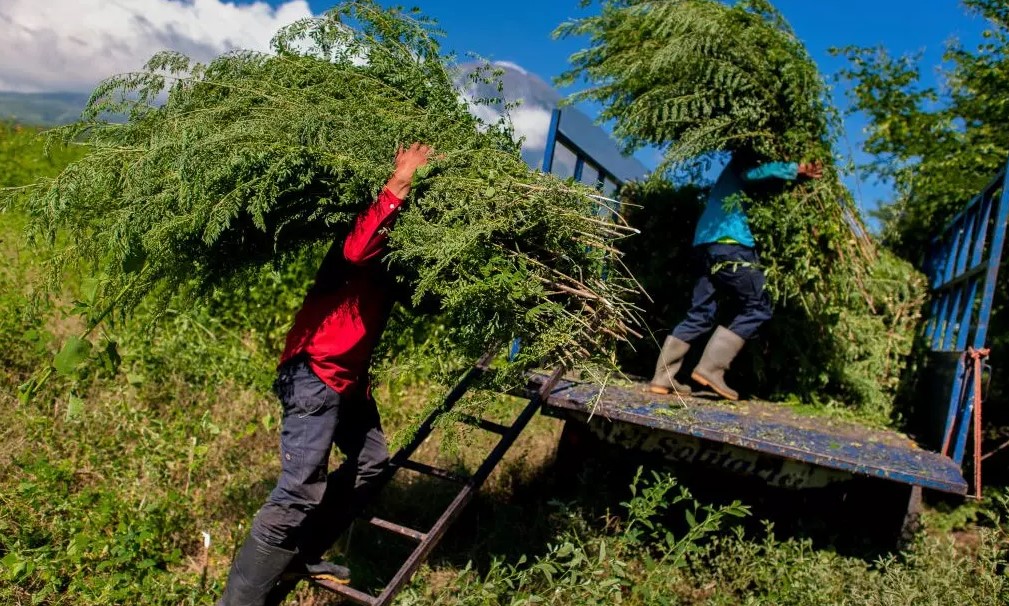
Labor Intensive Job
Using Free Labor
Because making indigo dye was such a difficult process, it was almost impossible to make a profit when trading the products. Therefore, in the middle part of the 18th century, wealthy plantation owners decided to use their slaves as free labor to do all the work. Landowners had to rely on the expertise and knowledge of African slaves.
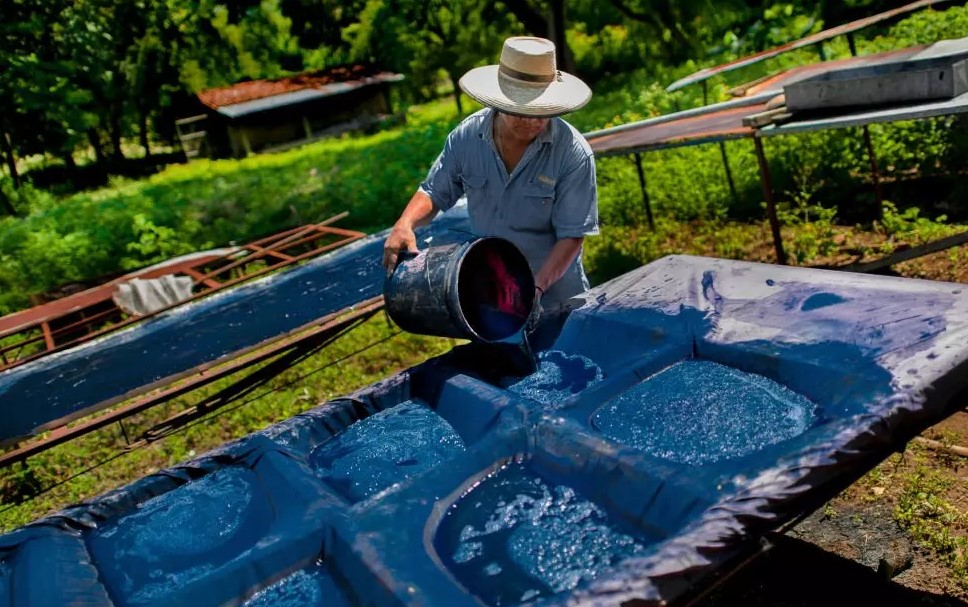
Using Free Labor
Increased Slave Trade
There became another problem, as well. When the demand increased for indigo, so did the need for extra slave labor. This led to many African slaves going to South Carolina. According to Ancestry.com, over half of the slaves coming to America ended up in this state.
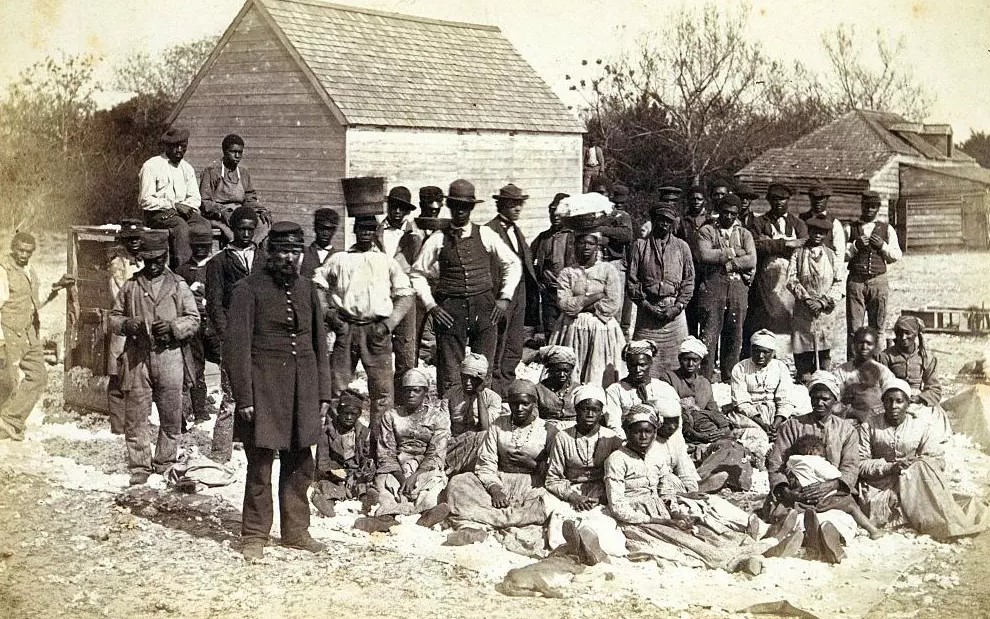
Increased Slave Trade
More Workers Were Needed
Still, it wasn’t just African slaves who were falling on hard times right then. The demand for indigo was so great that the plantations were running out of land. Therefore, landowners had to take land from the nearby tribes indigenous to the area.
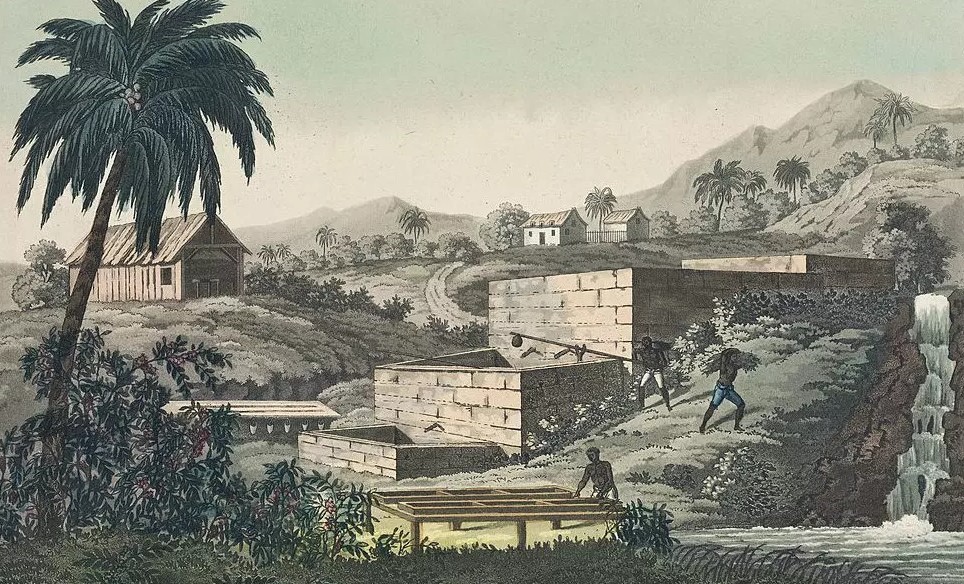
More Workers Were Needed
Faced With Horrible Conditions
Now, there were more slaves finding themselves working on land that was growing quickly. As you can imagine, these slaves already endured many horrifying conditions. The ships used to take them to America were full of disease and they dealt with a lot of abuse. According to the website Black History Month, about a fifth of the slaves didn’t make it from the boat alive.
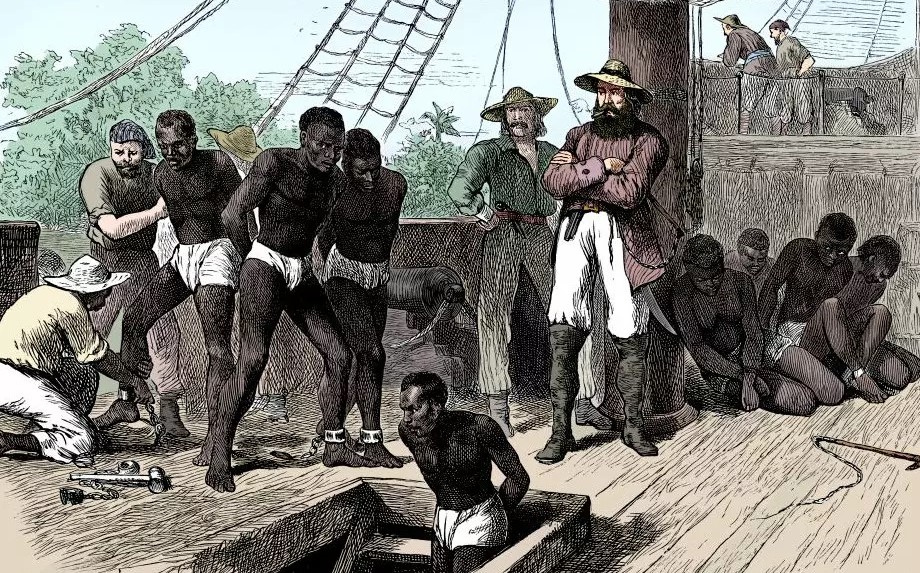
Faced With Horrible Conditions
Life At The Plantation
Plantation life wasn’t much better, to be honest. Louise Miller Cohen is the founder of the Hilton Head Island Gullah Museum, and she told Atlas Obscura in 2020 that if something was attached to the indigo, they’d do anything they could to keep it from being mentioned. Still, the indigo boom was about to come to an end.
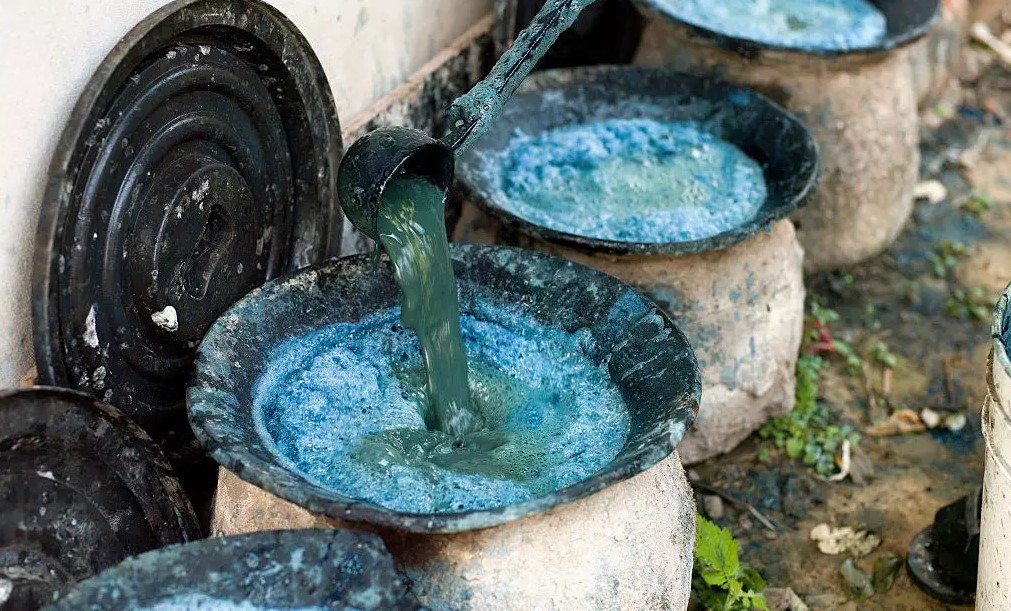
Life At The Plantation
Indigo Trade Crashed
Between 1775 and 1783, we were fighting the American Revolutionary War. Once it ended, the 13 colonies achieved their independence and founded the USA. Still, the indigo trade had crashed just a few years after the Declaration of Independence was signed.
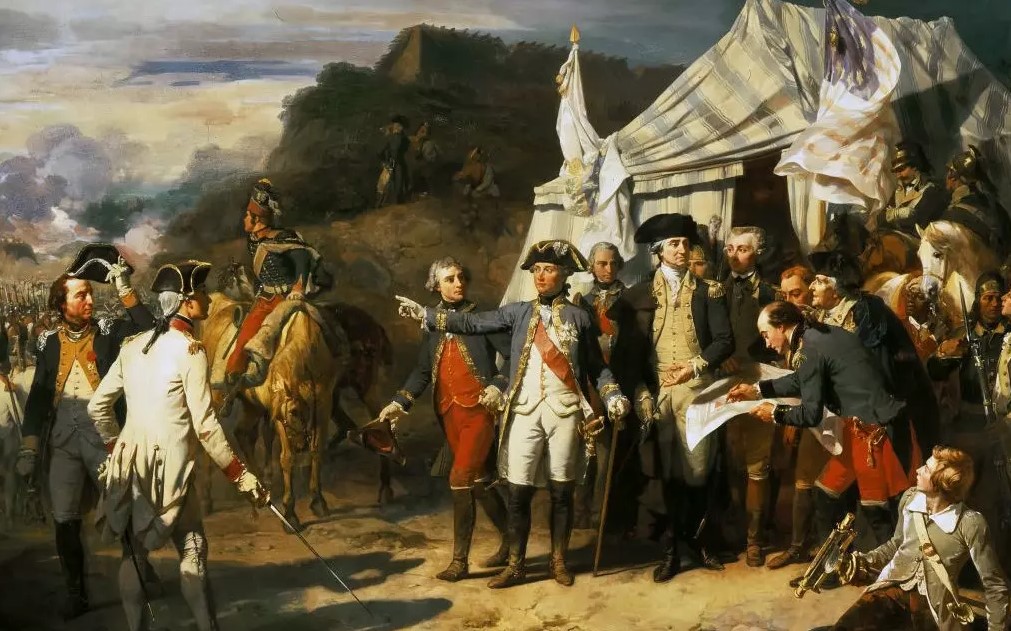
Indigo Trade Crashed
No More Indigo In The U.S.
The United States wasn’t British anymore, so the Brits decided to go to India to get indigo. Just about 20 years after the war, indigo dye wasn’t part of the exportation trade in South Carolina anymore. However, slavery wouldn’t be abolished for another 63 years and landowners had plenty of work for them.
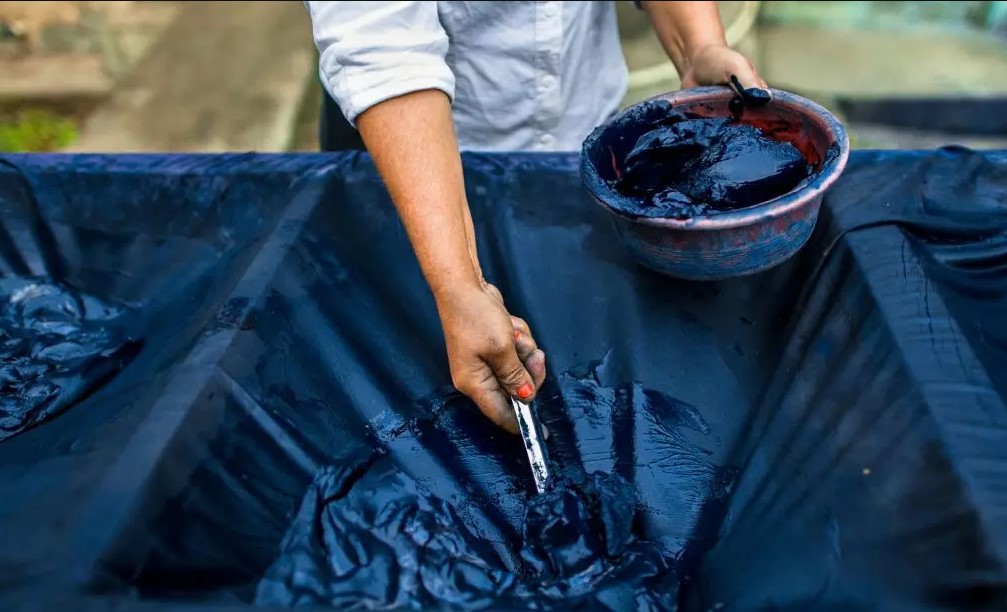
No More Indigo In The U.S.
The Gullah People
The African slaves who were first to cultivate indigo were part of the Gullah people. It was their belief in haints and boo hags that brought this particular blue color to prominence. Therefore, this group is also working hard to reclaim the importance of the shade.
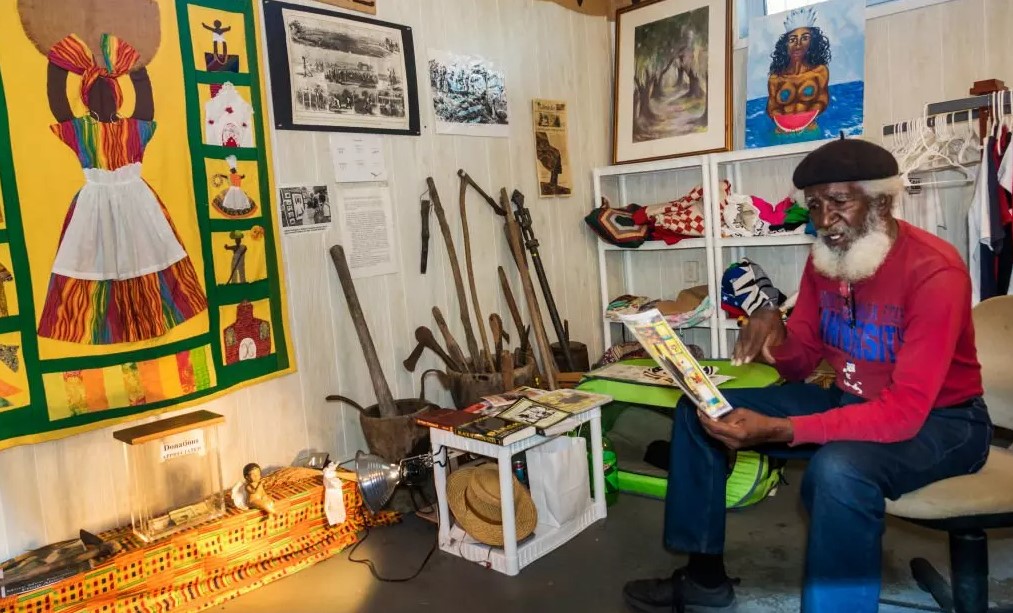
The Gullah People
Deeply Rooted In The Culture
Healther L. Hodges is the executive director for the Gullah Geechee Cultural Heritage Corridor and says that the indigo dye is so deeply rooted to African culture. This haint blue is used primarily by Gullah Geechee filmmakers and artists to express the shared history and heritage of indigo cultivation.
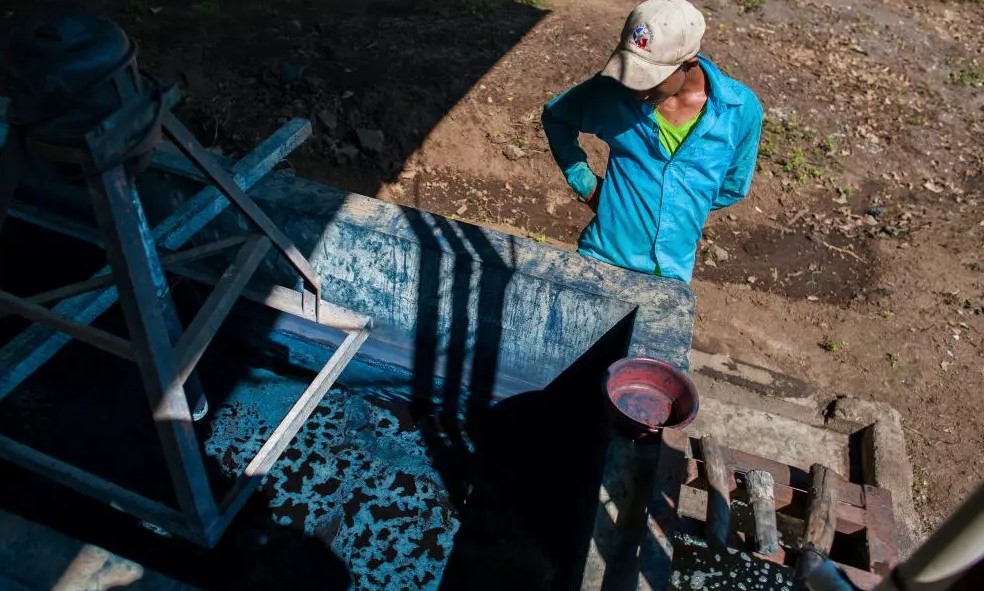
Deeply Rooted In The Culture
Daughters Of The Dust
For example, Julie Dash created Daughters of the Dust, a movie that featured an indigo theme throughout it. There have even been arguments that the film uses indigo to represent how the characters have to interact with their pasts of pain and hardship.
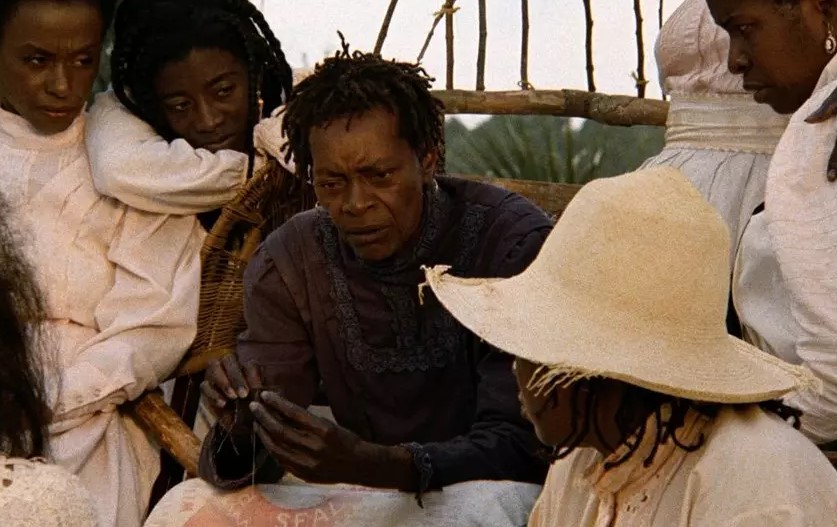
Daughters Of The Dust
Learning More
Cohen and Hodges have also worked with the dye so as to help locals reconnect with their pasts. The pair organized various events and workshops around the use of this plant. Cohen says that she’s interested in learning what she can about the crops that took away her people’s freedom.
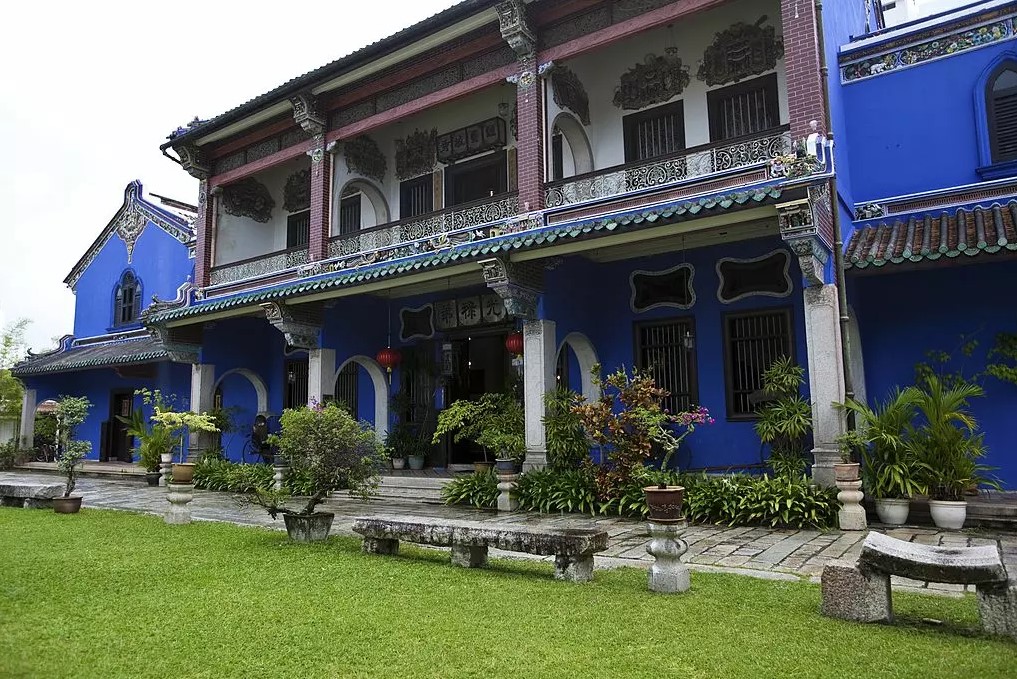
Learning More
A Common Color
Therefore, haint blue porch ceilings and shutters throughout the South – and South Carolina specifically – are fairly commonplace. You can stroll down or drive through any neighborhood and see a few doors or areas painted this color and it’s easier to know why.
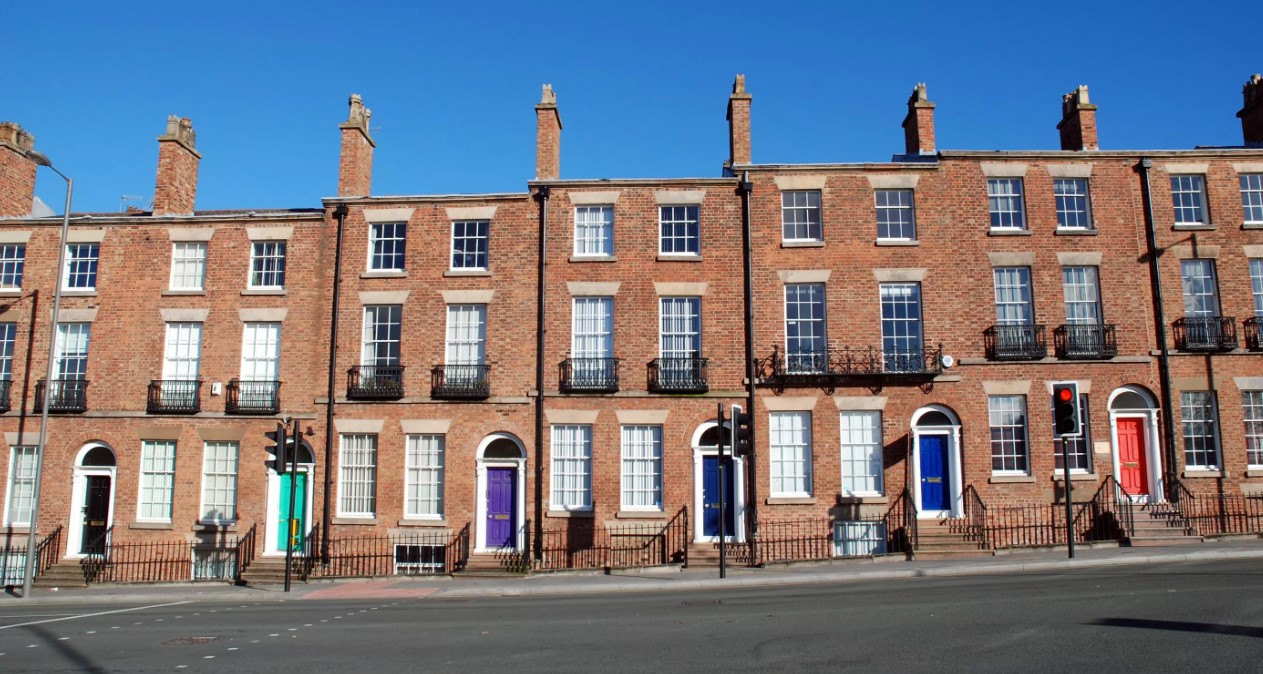
A Common Color
Not Widely Known
Yet, the history of this particular blue color isn’t all that well-known. We may never know exactly why porches and shutters were painted haint blue. However, the Gullah people and African ancestors know its importance and will never forget.
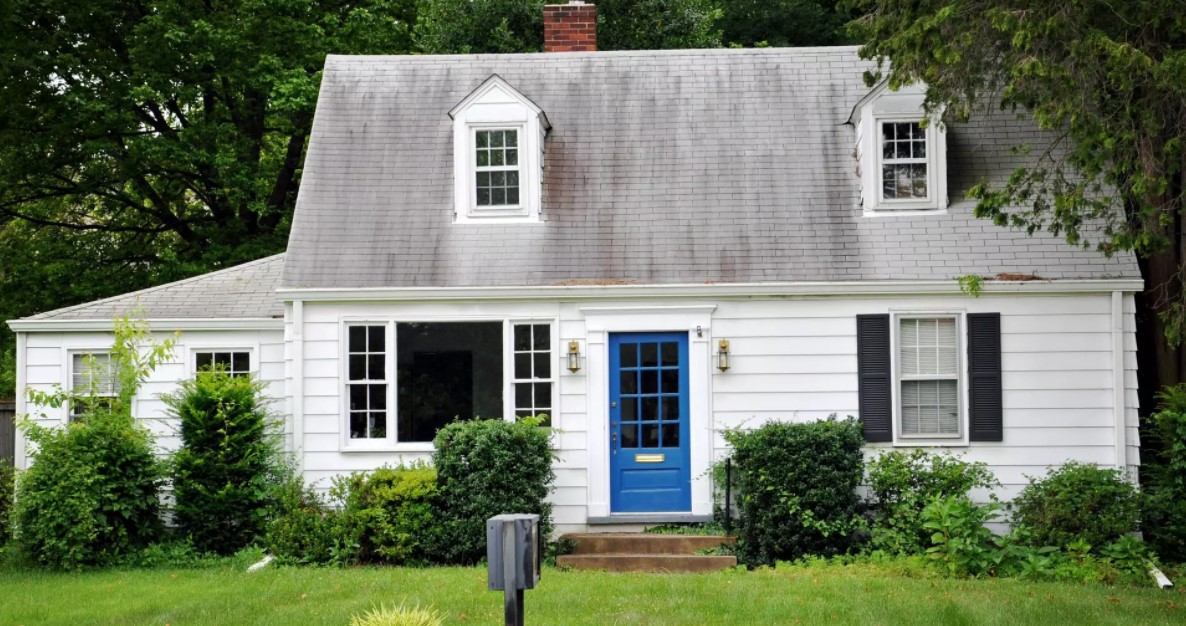
Not Widely Known


